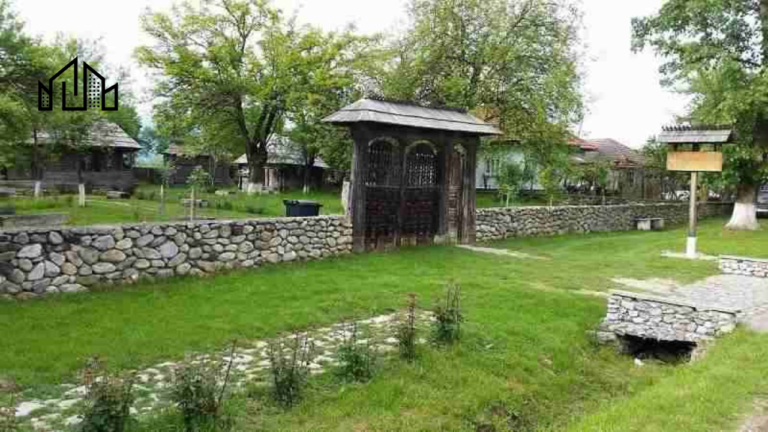Discover the Hidden Treasures of Byfield National Park

Byfield National Park, a pristine natural beauty sanctuary, lies in the heart of Queensland, Australia. Known for its diverse ecosystems, stunning landscapes, and rich cultural heritage, this national park offers a haven for nature lovers, adventurers, and those seeking tranquillity away from the hustle and bustle of urban life. This article delves into the wonders of Byfield National Park, highlighting its attractions, the allure of Stony Creek camping, and the park’s location, ensuring you are well-equipped for your next adventure.
The Enchanting Landscape of Byfield National Park
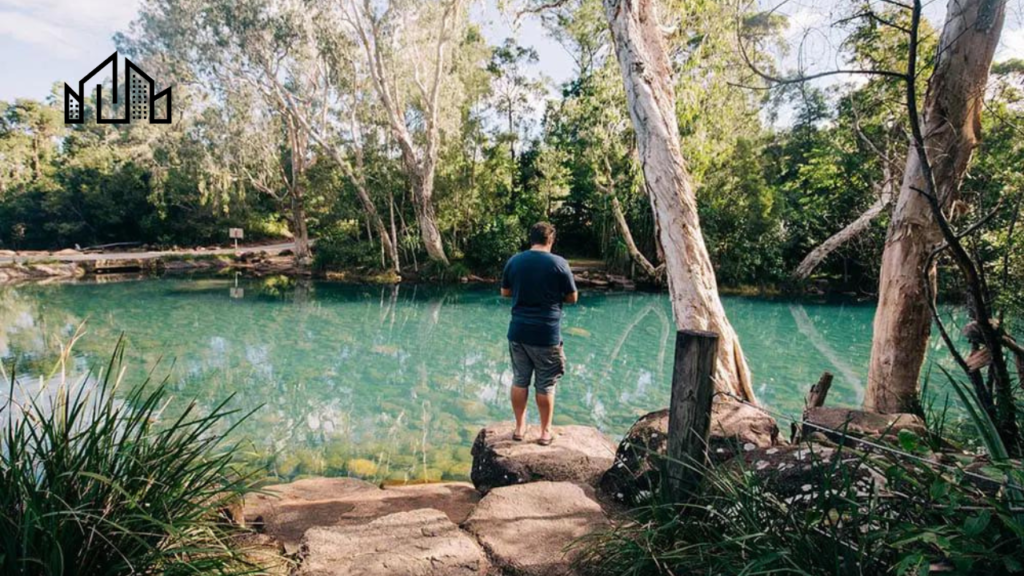
Byfield National Park spans over 15,000 hectares of breathtaking scenery. The park’s diverse landscapes range from lush rainforests and serene creeks to rugged mountains and sweeping dunes. One of the most striking features of Byfield is its coastal dunes, which are among Australia’s most significant. These dunes create a dramatic backdrop against the Coral Sea’s deep blue and the surrounding forests’ rich green.
The park is also home to a variety of unique flora and fauna. Towering pines, rare orchids, and many fern species flourish here. Birdwatchers can delight in spotting a wide range of birds, including the rare and elusive buff-breasted button-quail. The park’s waterways and wetlands also provide habitat for numerous fish, reptiles, and amphibians, making it a biodiversity hotspot.
Camping at Stony Creek: A Nature Lover’s Paradise
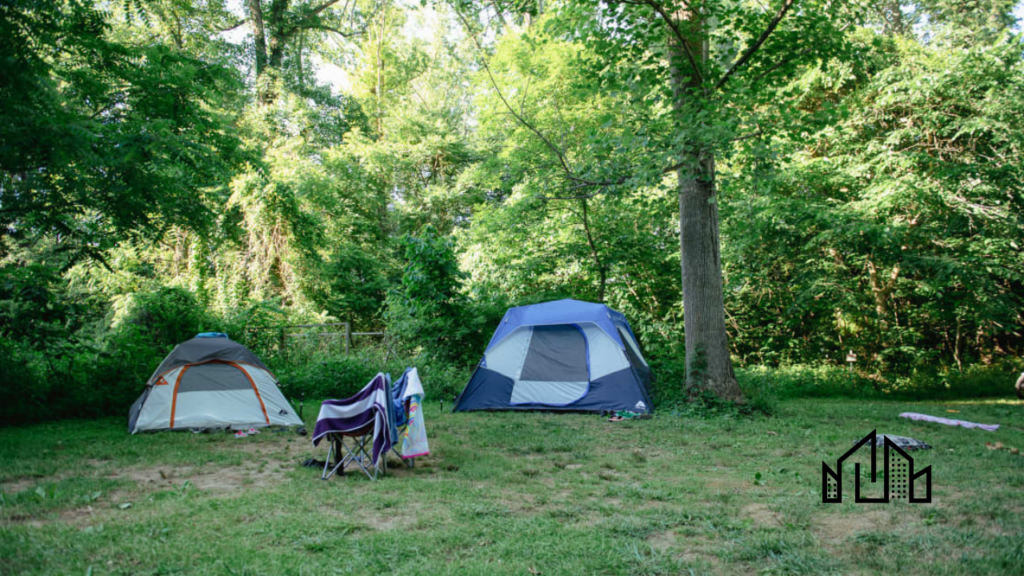
Stony Creek is one of the most popular camping areas within Byfield National Park, and for good reason. Nestled among towering trees and alongside a clear, cool creek, this campsite offers a perfect blend of natural beauty and accessibility. The sound of the creek, the rustling of leaves, and the chorus of birds create a symphony of nature that soothes the soul.
Camping at Stony Creek allows one to immerse oneself fully in the wilderness. The campsite has basic facilities, including picnic tables, fire pits, and toilets, ensuring a comfortable yet rustic camping experience. The surrounding forest offers plenty of shaded areas, ideal for pitching tents and setting up camp.
For those who enjoy hiking, several trails originate from Stony Creek and lead to various points of interest within the park. The Pineapple Track, for example, takes hikers through a range of habitats, from eucalypt forests to lush rainforests, providing stunning views of the coastline along the way. Another popular trail is the Bowenia Rainforest Circuit, a shorter walk that winds through dense rainforest and showcases the park’s remarkable plant diversity.
Exploring the Waterways
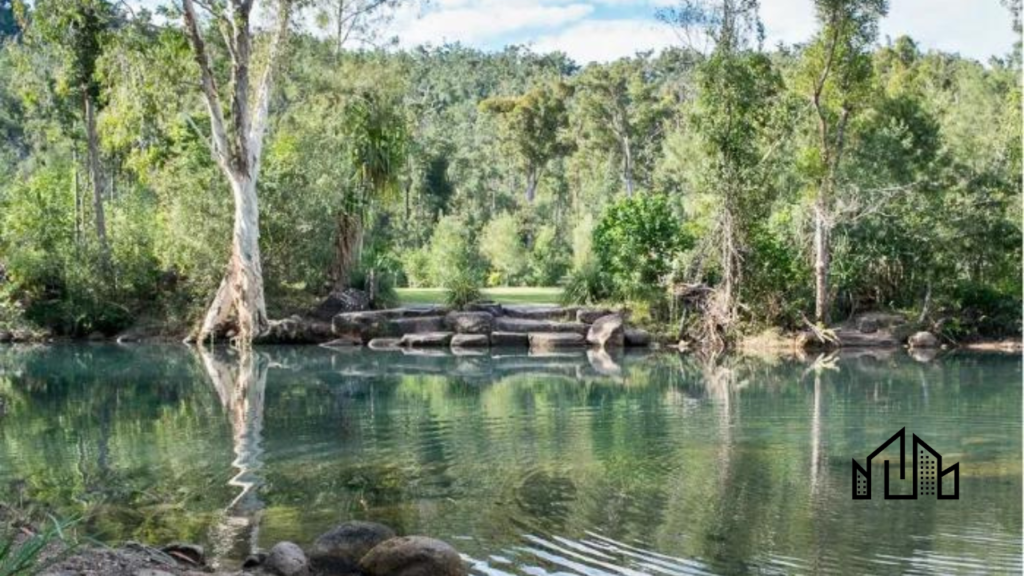
Byfield National Park is crisscrossed by several creeks and rivers, making it a paradise for water enthusiasts. Canoeing and kayaking are popular activities, allowing visitors to explore the park from a unique perspective. Stony Creek, Water Park Creek, and Red Rock Creek are waterways that meander through the park, offering serene and picturesque routes.
Fishing is another favourite pastime here, with the creeks and estuaries teeming with fish. Anglers can try to catch species like barramundi, mangrove jack, and bream. The tranquil environment and the thrill of fishing in such a pristine setting make for an unforgettable experience.
Swimming in the clear, calm waters of the park’s creeks provides a refreshing escape, especially during the hot summer months. The natural swimming holes, such as those found in Stony Creek, are perfect for a leisurely dip or for children to splash around safely.
The Cultural Heritage of Byfield National Park
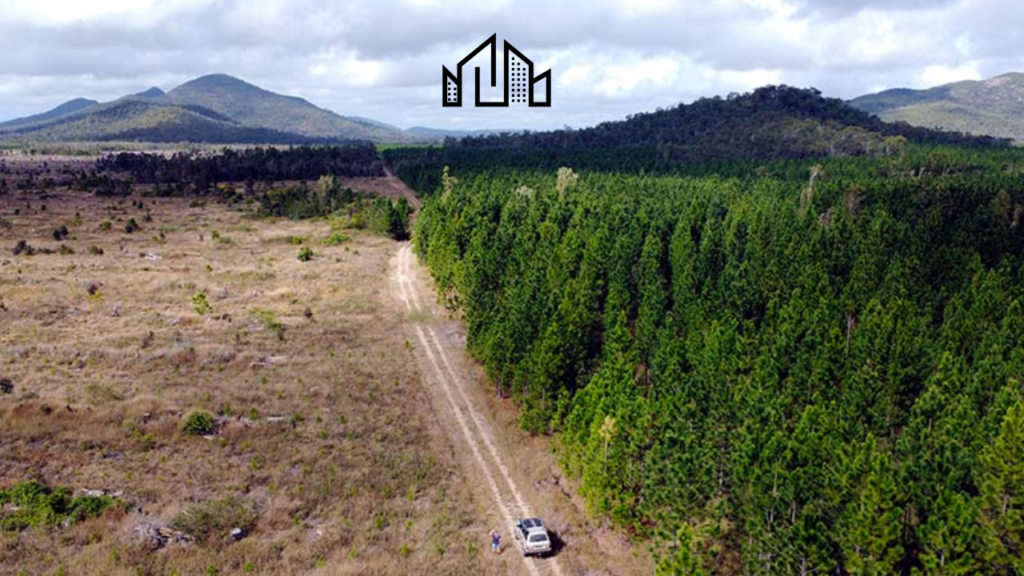
Byfield National Park is a natural treasure and a site of significant cultural importance. The area is traditionally owned by the Darumbal people, who have lived in harmony with this land for thousands of years. The park’s landscapes and waterways hold deep cultural and spiritual significance for the Darumbal people, and evidence of their long history can be found throughout the park.
Visitors can gain a deeper appreciation of the park’s cultural heritage by exploring areas where rock art, middens, and other archaeological sites are present. Guided tours and educational programs offered by the park provide insights into the rich cultural history and ongoing connection of the Darumbal people to this land.
Where is Byfield National Park?
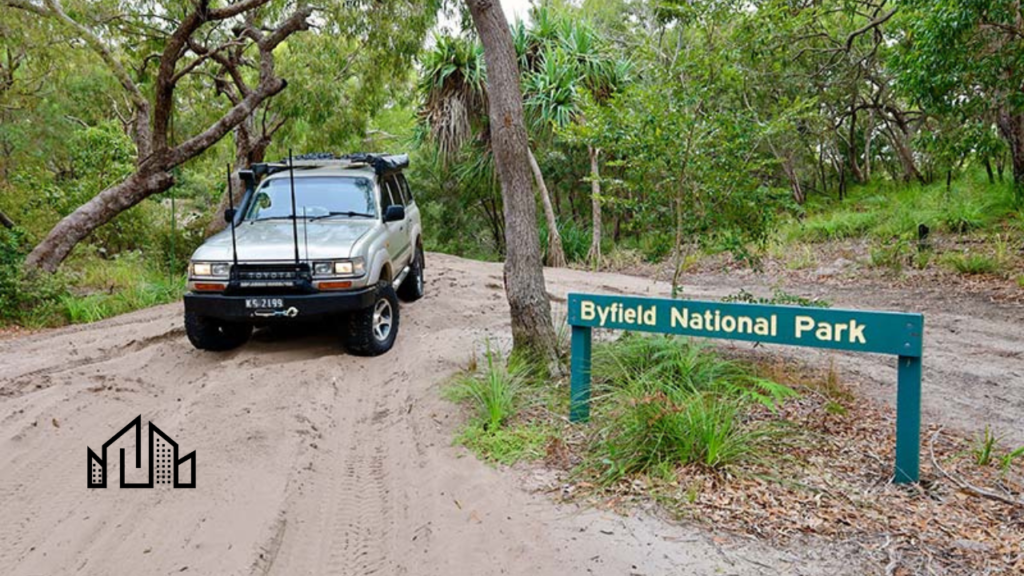
Byfield National Park is located in Central Queensland, approximately 70 kilometers north of Rockhampton. It is accessible via the Bruce Highway, with the turn-off to Byfield Road leading directly to the park. The drive from Rockhampton to the park takes about an hour, making it ideal for day trips as well as extended stays.
Yeppoon is the nearest town to the park, located about 25 kilometres southeast. It serves as a gateway to Byfield National Park, offering visitors accommodation, dining, and other amenities. The journey to Byfield National Park takes around 30 minutes by car from Yeppoon.
Practical Tips for Visiting Byfield National Park
When planning a visit to Byfield National Park, there are a few practical considerations to remember to ensure a safe and enjoyable experience. Firstly, the weather in this region can be quite variable, with hot, humid summers and mild winters. It is advisable to check the weather forecast and pack accordingly, including sun protection, insect repellent, and plenty of water.
The park’s terrain can be challenging in places, especially for those venturing off the beaten path. Sturdy footwear and appropriate outdoor clothing are recommended. Campers must also bring sufficient supplies, as there are no shops or fuel stations within the park.
While the main access roads to the park are suitable for most vehicles, some internal tracks may require a 4WD, especially during wet conditions. It’s a good idea to check road conditions with park authorities before embarking on your journey.
Wildlife Watching and Conservation
Byfield National Park is a haven for wildlife enthusiasts, offering numerous opportunities to observe animals in their natural habitats. The park is home to several species of mammals, including the agile wallaby, the short-beaked echidna, and the sugar glider. The diverse birdlife, with over 170 species recorded, makes birdwatching a rewarding activity. Look out for species like the rainbow bee-eater, the azure kingfisher, and the white-bellied sea eagle.
Reptiles and amphibians are also abundant in the park. The green tree frog and the eastern water dragon are commonly seen around the creeks, while the forest floor is home to various skinks and geckos. For those interested in nocturnal wildlife, a night-time walk with a flashlight can reveal possums, gliders, and the occasional owl.
Conservation efforts are paramount in Byfield National Park. The park’s management focuses on protecting its unique ecosystems and the species that inhabit them. Visitors are encouraged to follow Leave No Trace principles, ensuring their activities do not harm the environment. This includes taking all rubbish with them, staying on designated tracks, and respecting wildlife by observing from a distance and not feeding them.
Activities and Attractions Beyond Byfield National Park
While Byfield National Park is a destination in its own right, the surrounding region offers additional attractions and activities that can complement your visit. The nearby Capricorn Coast boasts beautiful beaches, scenic lookouts, and charming coastal towns.
Yeppoon, the main town near Byfield National Park, is a vibrant coastal community with various accommodation options, from beachfront resorts to cosy bed and breakfasts. The town’s main beach is perfect for swimming and water sports, and the esplanade features a variety of cafes, restaurants, and shops.
The Keppel Bay Marina is a short drive from Yeppoon, where visitors can embark on boating and fishing charters or catch a ferry to the stunning Keppel Islands. Great Keppel Island, in particular, is a popular day-trip destination, offering snorkelling, diving, and hiking opportunities amidst its coral reefs and bushland.
For those interested in history and culture, Emu Park, located southeast of Yeppoon, features the Singing Ship, a monument commemorating the area’s maritime history. The city also hosts the annual Emu Park Lions Club Octoberfest, a family-friendly event with entertainment, food stalls, and activities.
Read More
Conclusion: The Unspoiled Beauty of Byfield National Park
Byfield National Park is a true gem in Queensland’s natural crown. Its diverse landscapes, rich cultural heritage, and various recreational activities make it a must-visit destination for nature enthusiasts and adventurers. Whether camping at Stony Creek, exploring the park’s waterways, or immersing yourself in its cultural history, Byfield National Park promises an unforgettable experience.
Its convenient location near Rockhampton and Yeppoon makes the park easily accessible for both day trips and extended stays. As you plan your visit, respect this remarkable place’s natural environment and cultural significance to ensure future generations can enjoy its beauty and heritage. Discover the hidden treasures of Byfield National Park and create memories that will last a lifetime.

